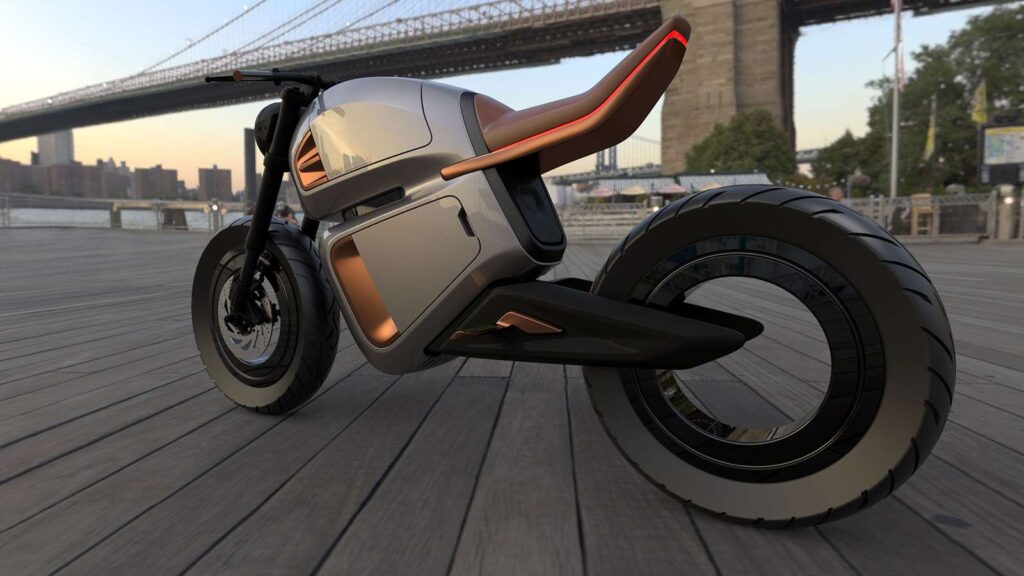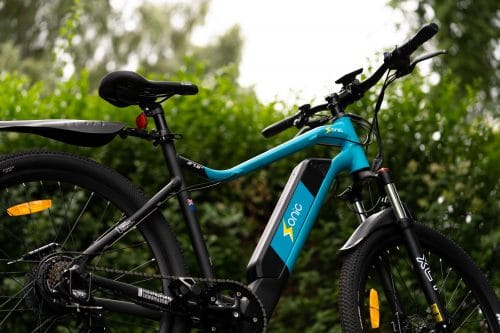Electric motorcycles have experienced a remarkable evolution over the years, transforming from early prototypes to cutting-edge machines that rival their gasoline-powered counterparts. Let’s take a journey through the timeline of electric motorcycles, exploring the key milestones and advancements that have shaped this exciting industry.
Early 20th Century: The Birth of Electric Motorcycles The concept of electric motorcycles can be traced back to the early 1900s when inventors began experimenting with electric propulsion systems. While these early models were limited in range and speed, they laid the foundation for future developments in electric vehicle technology.
2006: Zero Motorcycles Pioneers the Industry In 2006, Zero Motorcycles emerged as a pioneer in the electric motorcycle industry. They introduced their first production model, the Zero X, which showcased the potential of electric motorcycles by delivering respectable performance and a notable range. This marked a turning point, inspiring other manufacturers to explore electric propulsion.
2010s : Major Manufacturers Embrace Electric Motorcycles During the 2010s, major motorcycle manufacturers recognized the growing demand for electric motorcycles and entered the market. Companies like Harley-Davidson, BMW, and KTM introduced their electric models, combining iconic designs with electric powertrains. This infusion of established manufacturers further validated the potential of electric motorcycles.
2013: Lightning Motorcycles Sets Speed Records Lightning Motorcycles made waves in 2013 when they set a world record for electric motorcycles by reaching a top speed of 218 mph. This achievement showcased the impressive performance capabilities of electric motorcycles and shattered misconceptions about their speed and power.
2016: Energica Introduces High-Performance Electric Sportbikes Energica, an Italian manufacturer, made a significant impact in 2016 with the introduction of their high-performance electric sportbikes. Models like the Energica Ego and Eva demonstrated that electric motorcycles could deliver exhilarating speed, agility, and handling, appealing to enthusiasts who crave performance without compromising their green values.
2020s: Advancements in Battery Technology and Range In recent years, advancements in battery technology have led to significant improvements in range and charging capabilities. Electric motorcycles now boast longer ranges, enabling riders to embark on extended journeys with confidence. Additionally, the emergence of fast-charging infrastructure has made recharging more convenient and accessible than ever before.
The Future: Accelerating Innovation and Adoption The future of electric motorcycles holds great promise. With ongoing advancements in battery technology, motor efficiency, and charging infrastructure, electric motorcycles are poised to become more mainstream. Governments worldwide are implementing policies to encourage electric vehicle adoption, further driving the growth of the industry.
The timeline of electric motorcycles is a testament to the relentless innovation and progress in the industry. From early prototypes to the emergence of major manufacturers and record-breaking achievements, electric motorcycles have come a long way. With improved performance, extended range, and increasing support from governments and consumers, the future of electric motorcycles is bright. As technology continues to advance, we can look forward to an exciting era of electric mobility, where eco-friendly and exhilarating rides become the new norm.





